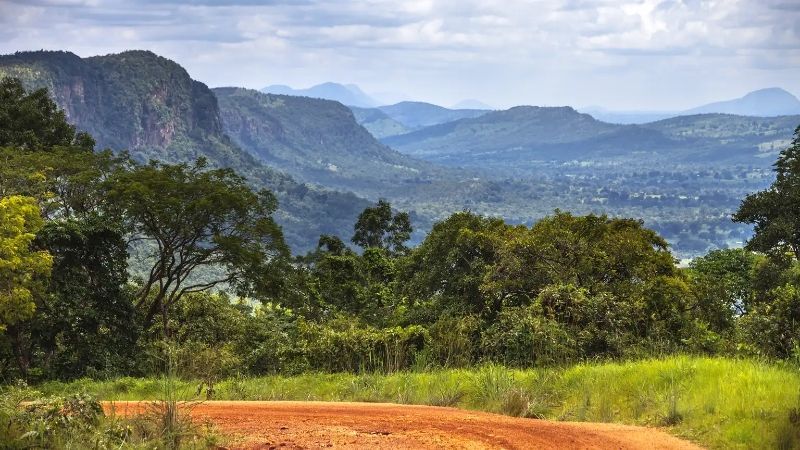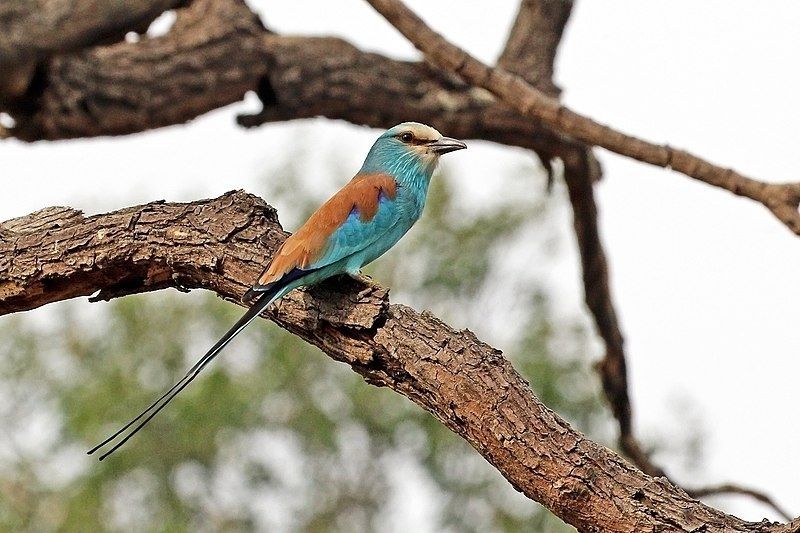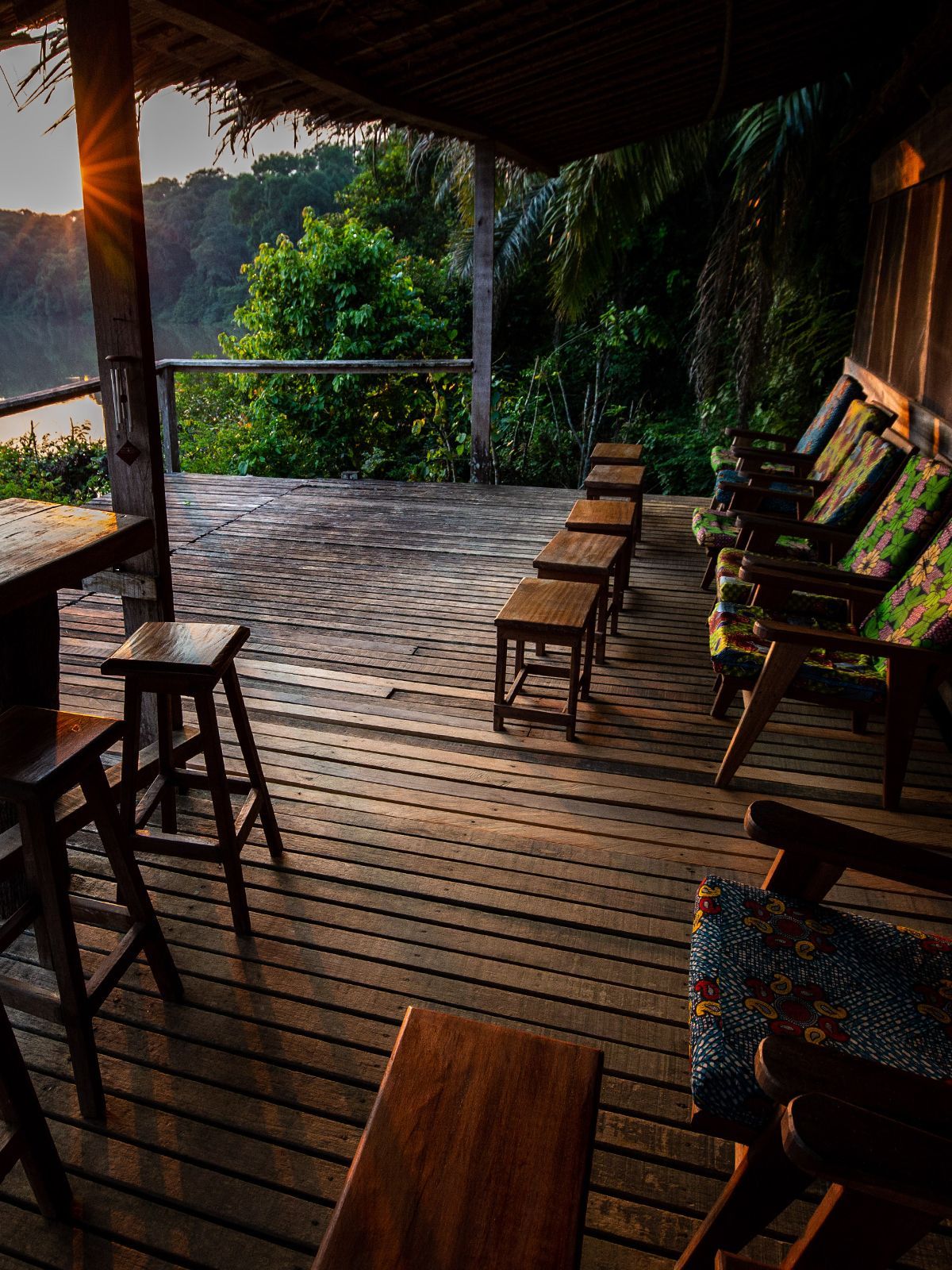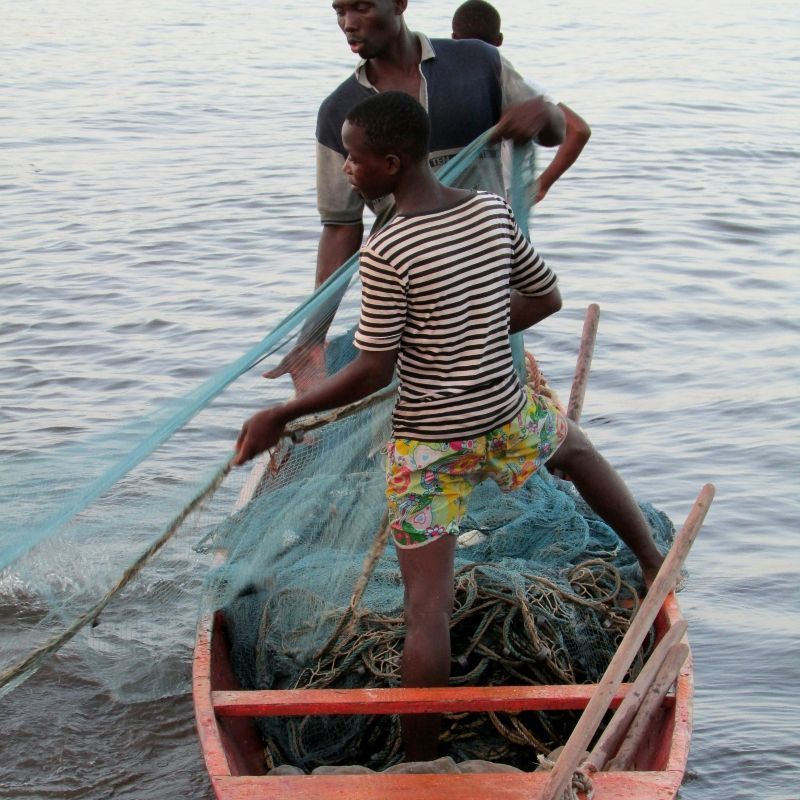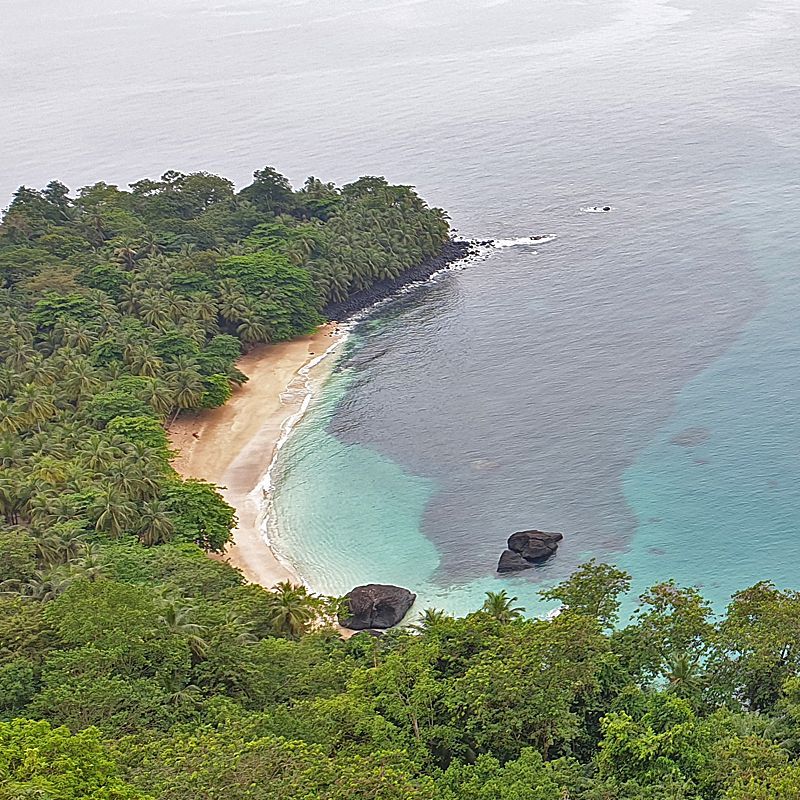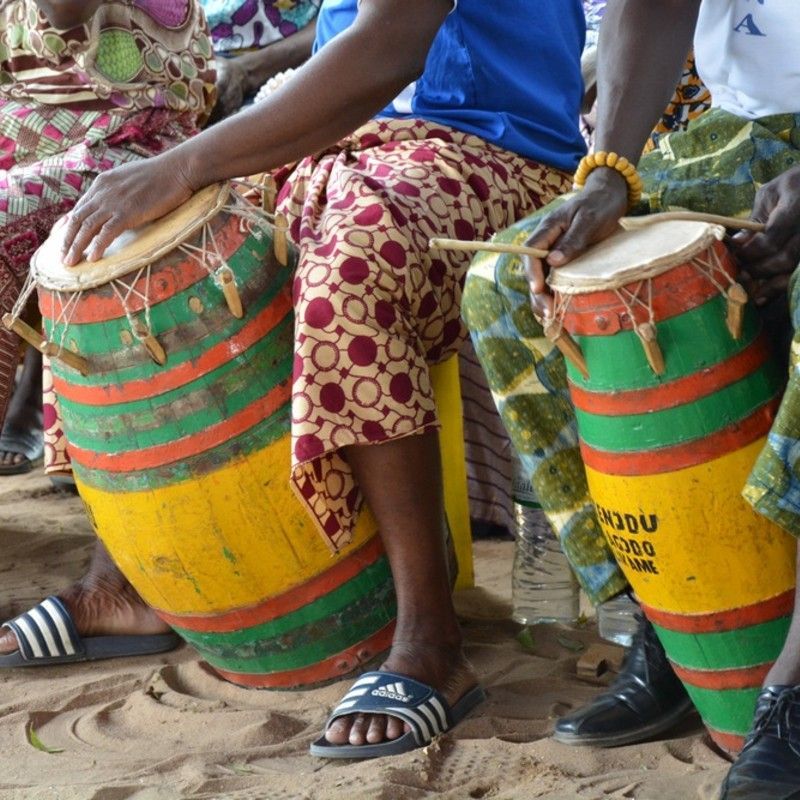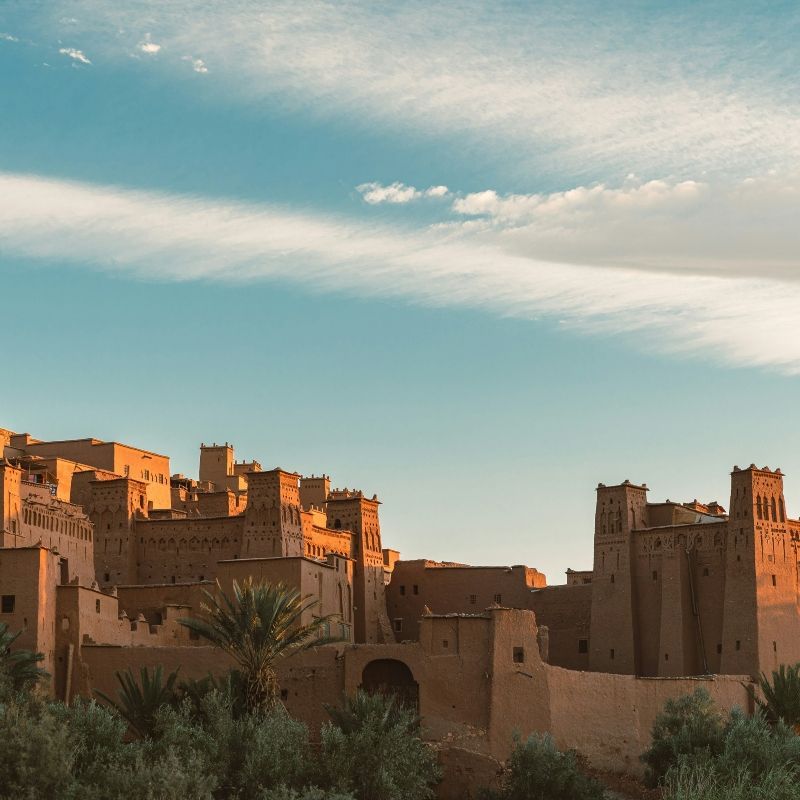Work in Progress ... Page Under Construction
Travel to Benin
Benin, a West African country along the Gulf of Guinea, offers a journey through layered histories, cultural traditions, and regional diversity. Most visits begin in Cotonou, the economic center and international gateway, while nearby Porto-Novo—the official capital—provides a quieter look at colonial architecture and Yoruba heritage.
Along the coast, Ouidah stands out for its historical and spiritual significance. It was a key location in the transatlantic slave trade, marked today by the Route des Esclaves and the Door of No Return monument. The town is also closely linked to Vodun traditions, which are still actively practiced. Temples and annual festivals highlight this ongoing spiritual presence, including sites such as the Temple of the Pythons.
Inland, Abomey offers insight into the powerful Kingdom of Dahomey through its preserved royal palaces and museum collections. The site, recognized by UNESCO, reflects the region’s political and military past through symbolic architecture and artifacts that continue to inform Benin’s national identity.
Northern Benin opens into savannah and mountainous landscapes. Natitingou serves as a base for exploring the Atakora region, home to the Tata Somba dwellings of the Batammariba people. These fortified mud homes are part of a living tradition deeply tied to the land and social structures of the communities. Further north, Pendjari National Park forms part of the W-Arly-Pendjari reserve complex and supports one of West Africa’s most intact ecosystems, with seasonal wildlife viewing opportunities.
Travel through Benin reveals a balance between history, local belief systems, and environmental variety. From coastal towns shaped by trade and religion to rural regions preserving unique architectural forms and natural reserves, the country presents a compact but layered experience of West Africa’s past and present.
Start planning your tailor-made safari holiday
Must Visit in Benin
Benin, land of royal palaces, Vodun traditions, and mud-brick fortresses. A journey through powerful kingdoms, spiritual heritage, and untamed nature,
where West Africa’s roots and rhythms resonate.
Ouidah
A coastal town central to the transatlantic slave trade, featuring the Route des Esclaves and the Door of No Return. Ouidah is also a spiritual center of Vodun, with temples, shrines, and annual festivals attracting visitors and pilgrims alike.
Mono River Estuary & Coastal Wetlands
Located near Ouidah, this region includes mangroves, lagoons, and bird habitats along the Mono River. The area is excellent for canoe, birdwatching, and seeing traditional fishing communities. It connects with Ouidah and the Vodun heritage.
Abomey
Once the capital of the Kingdom of Dahomey, Abomey is home to royal palaces with bas-relief walls and a museum showcasing royal artifacts. It offers deep insight into pre-colonial political systems, military traditions, and the region’s complex historical legacy.
Lama Forest Reserve (Forêt Classée de la Lama)
Between Cotonou and Abomey, this lowland forest is a conservation area home to rare species like red-bellied monkeys and birds. It’s one of Benin’s last remaining forest blocks and is ideal for guided nature walks and eco-education.
Porto-Novo & Cotonou
Benin’s official and economic capitals reflect contrasting identities. Porto-Novo shows colonial and Yoruba heritage, while Cotonou offers markets, nightlife, and art. Together, they frame the country’s urban, political, and cultural rhythms along the coast.
Pendjari National Park
Part of the W-Arly-Pendjari transboundary complex, Pendjari is one of West Africa’s leading wildlife reserves. It hosts elephants, antelope, lions, and hippos, with guided safaris available during the dry season when animals gather around water sources.
Natitingou & Mount Sokbaro
Set in the Atakora Mountains, Natitingou is a base for exploring Tata Somba villages, local museums, and nearby Mount Sokbaro. The region offers scenic hikes, seasonal waterfalls, and cultural landscapes near the Togo border around Boukoumbé.
Tanongou Falls & Papatia Forest
Near Natitingou and Pendjari, this area combines Tanongou’s waterfall, ideal for hikes and swimming, with Papatia’s sacred forest and caves, where rituals and nature intertwine. Together, they offer a mix of cultural meaning and natural beauty in the Atakora region.
Ganvié
Often called the "Venice of Africa," Ganvié is a stilt village on Lake Nokoué where residents have lived over water for centuries. Visitors can tour the community by canoe, learning about lake-based economies and unique aquatic architecture.
Taneka Village
Part of the W-Arly-Pendjari transboundary complex, Pendjari is one of West Africa’s leading wildlife reserves. It hosts elephants, antelope, lions, and hippos, with guided safaris available during the dry season when animals gather around water sources.
Benin in Video
Nothing documents a destination better than a short video and that applies to Benin as well.
Take a look at our Inspiration Africa YouTube Channel where you will find many travel related videos about Africa; don't forget to SUBSCRIBE to be kept up to date with new posts.
Must Do in Benin
Each destination offers its own experiences and here are some "must do" activities to experience in Benin!
Best Time to visit Benin
Benin has a tropical climate with two main seasons: a dry season from November to April and a rainy season from May to October.
The best time to visit is during the dry season, when roads are more accessible and outdoor activities, such as wildlife viewing in Pendjari National Park or exploring historical sites in Ouidah and Abomey, are easier to enjoy. December and January offer pleasant temperatures and coincide with cultural events like the annual Vodun Festival in Ouidah. The harmattan winds, bringing dry and dusty air from the Sahara, may affect visibility between December and February but don’t typically disrupt travel.
The rainy season brings lush landscapes, especially in the north, but heavy rains can make rural roads difficult and reduce wildlife sightings.
For a balance of comfort and cultural vibrancy, visiting between November and February is generally recommended.
Bear in mind that each season has its own particularities, and that a non-advised season may well correspond perfectly to your specific needs.
Receive our travel inspirations in your mailbox
Benin Travel Tips
By default, since we only work on a tailor-made basis, each of our travel projects will always be accompanied by our travel tips on the destinations to be visited. These will of course be adapted to the type of trip envisaged and the reality of the activities and places visited. If you would like general travel advice for Benin, please don't hesitate to contact us via the "contact us" button.
Where to Stay in Benin
Benin offers a varied selection of accommodations, ranging from simple guesthouses and locally run lodges to boutique hotels and eco-retreats. Our mission
is to help you select what you like best. While inviting you to explore new options.
Benin Combines Well With
Benin combines well with several neighboring and regional countries, making it a strong base for a broader
West African journey. For example:.



